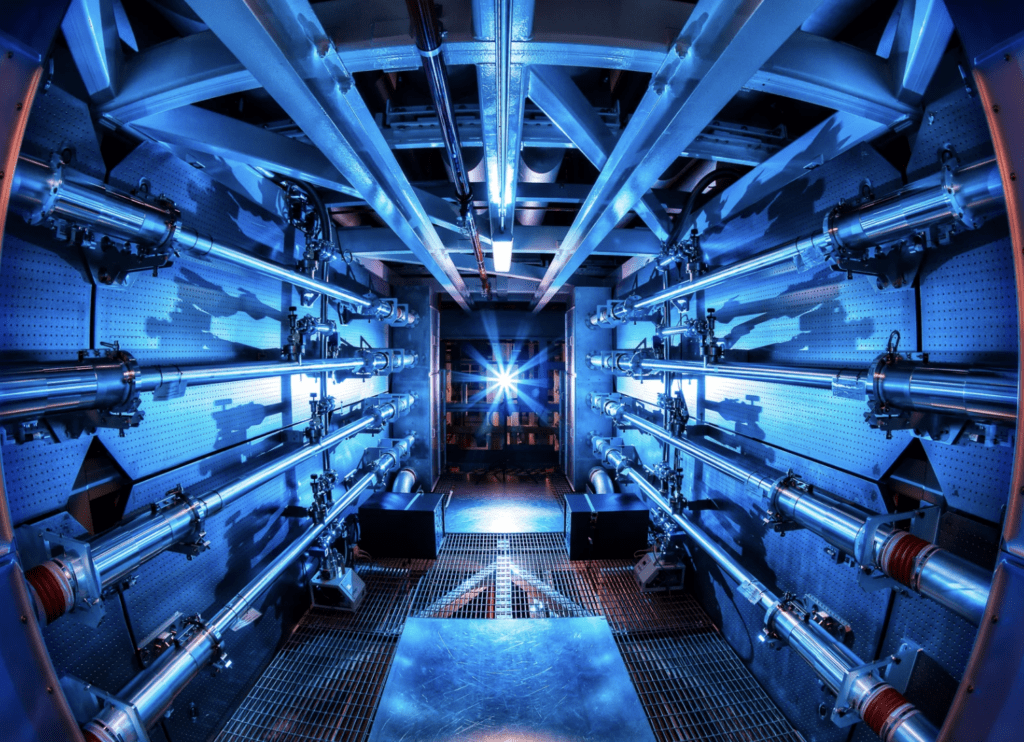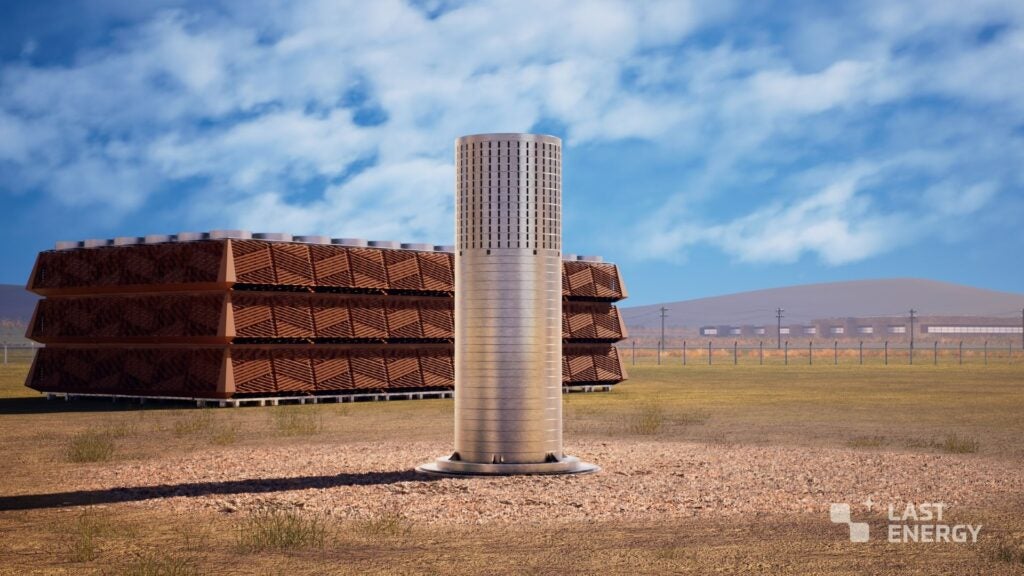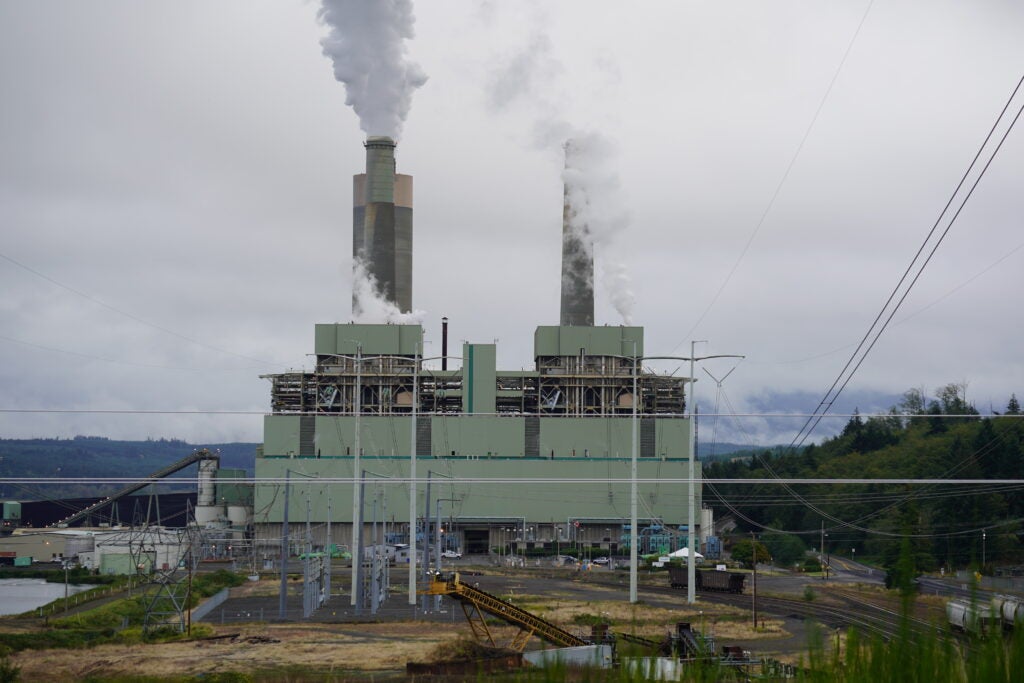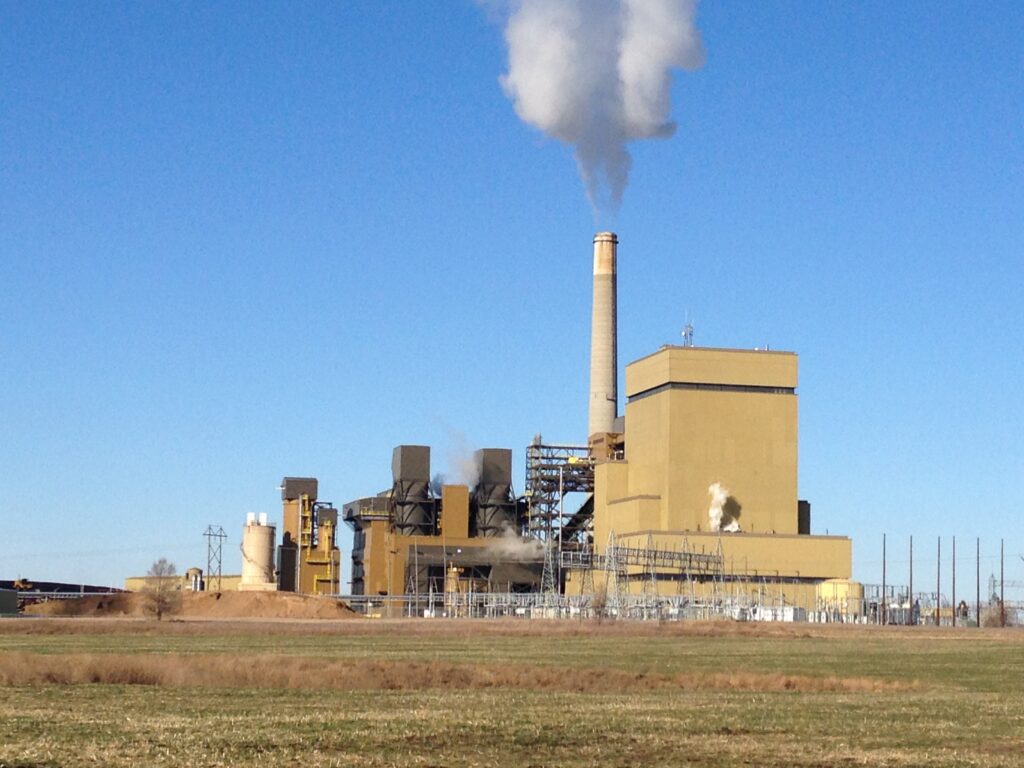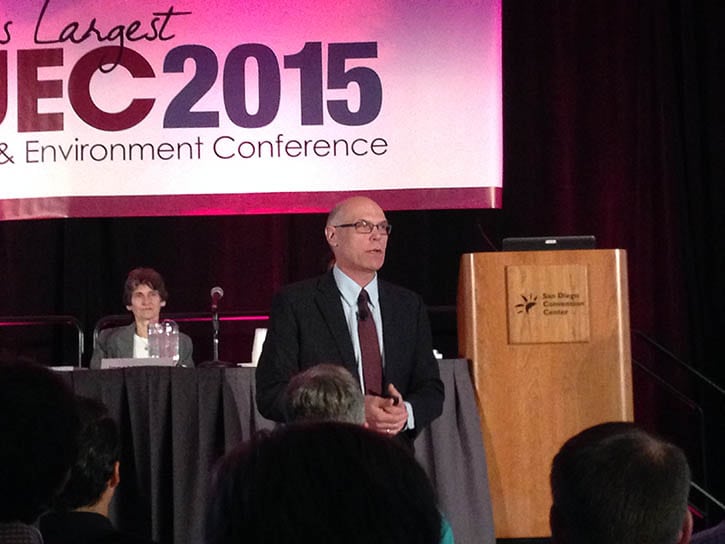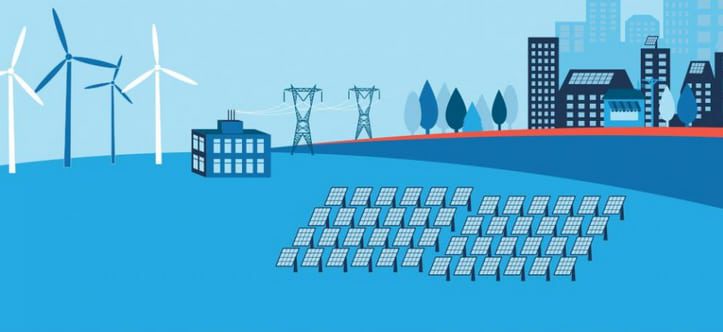The Environmental Protection Agency’s (EPA’s) Clean Power Plan is feasible in its ultimate goals, but getting there will take a lot of work and some rethinking of how the targets are achieved, according to speakers at the Environmental Mega Session, Rebalancing the Electric System for Environmental Consideration, at the Electric Power Conference and Exhibition on April 21 in Rosemont, Ill.
Tony Licata of Licata Energy & Environmental Consultants opened session by noting that in meeting these challenges, “business as usual equals failure.”
Aditya Jayam Prabhakar, policy studies engineer with the Midcontinent Independent System Operator (MISO) noted that much of what the Clean Power Plan (CPP) seeks to accomplish is already underway. MISO, he said, has saved its customers millions of dollars though efficiency measures it has implemented.
Reliability Concerns
That being said, “there are so many moving parts here.” The challenge is in achieving the necessary reductions in the CPP without threatening reliability. Prabhakar suggested that a regional approach would be better than piecemeal, state-by-state goals, and projected that this could save $3 billion in compliance costs.
While, Prabhakar noted, “the EPA has come up with an extreme amount of flexibility” in meeting the goals, the timeline is a concern. Boosting natural gas in dispatch order results in a “significant shift toward gas-fired resources from coal-fired resources.” The problem is that there isn’t enough time to build new gas-fired power plants—which require two to three years construction time—to meet the 2020 interim deadline. That presents a risk of too-rapid shifts in the generation mix before the resources are ready.
“First and foremost,” he said, “we have to maintain reliability.”
Block Andrews, associate environmental engineer with Burns & McDonnell, reviewed some of the two million–plus comments the CPP proposal received, with a focus on its reception by environmental groups. Most, he said, not only supported it but argued that it was not ambitious enough.
The Natural Resources Defense Council (NRDC), for example, suggested that the reduction targets be raised to 36% by 2020 and 44% by 2030. NRDC and the Sierra Club both argued that the projected heat-rate improvements were too low, with the NRDC saying many plant owners are not motivated to capture efficiencies because fuel costs are paid by ratepayers. The Sierra Club argued the goal should be 10% rather than the proposed 6%.
The Death of “Business as Usual”
Steve Corneli, senior vice president for sustainability strategy and policy for NRG Energy, chided many in the power sector for suggesting the solution was hoping for the EPA to “just go away” and for arguing that climate change concerns are a hoax. The problem with these arguments, he said, is that pressure on these issues goes far beyond the EPA.
The first issue is that the economics of power generation have changed fundamentally in the past few years as renewable energy has become competitive. “Nothing else in energy sector history has cut its costs this fast,” he said. Battery costs are also falling rapidly.
Second, carbon capture and sequestration (CCS) is already being deployed in demonstration projects (including one operated by NRG). If the economics are there, CCS could be “a game changer” he said.
Finally, beyond local renewable mandates, “We’re seeing many Fortune 500 companies, and many other companies here and internationally, saying they want to go to 100% renewables” for their power needs.
“This is the future we see coming with or without the Clean Power Plan,” he said.
Too-Rapid Goals?
However, like Prabhakar, Corneli expressed concern with the rapid timeline. With most CPP improvements required very soon, it is likely to induce large amounts of new combined cycle baseload capacity, which will result in new emissions being generated before the 2030 final deadline. He said that NRG and others are arguing for more of a “glide path” approach between 2020 and 2030 rather than a cliff.
That, Corneli argued, will give states more time to develop thoughtful policies and create more long-term reductions at lower cost, as well as allowing time to achieve the targeted reductions before reliability concerns become critical.
Prabhakar agreed. He said the rapid 2020 deadline means the long-term results “get fuzzy,” especially from an investment standpoint.
Corneli pointed out that, unless one accepts all the assumptions underlying the plan—that is, that everything can be achieved without threatening reliability—it’s difficult to see how the targets can be reached without a lot of new gas capacity. Looking beyond the 2030 targets to proposed 2050 reductions, he said that all of it will require “a lot of innovation.”
“We need all that stuff, and we need it soon,” he said. But pushing for too-rapid changes is “asking for trouble in terms of stranded assets” later.
A Regional Solution?
The panelists returned to the issue of regional compliance in response to a question from POWER. Andrew and Corneli both highlighted challenges such an approach because of widely varying targets across state lines. Andrews noted problems with transferring renewable energy credits in a power mix that also includes fossil generation. “If you’re going to give someone credits, you need to give them the emissions as well,” he said.
With neighboring states often having wide variations in targets, Corneli said there would be political challenges in getting those states to work together. “That choppiness, especially in the early phase, makes it hard to bring people together.”
MISO’s Prabhakar was naturally more optimistic about a regional approach. He agreed it would present a lot of work, but reminded the audience that cross-state compliance plans have succeeded before.
A regional approach, he said “can be a powerful process” and one that “can come with similar low-cost solutions.” That’s an issue of equity as well as efficiency. “Compliance costs should not be localized,” he said. “We can get there.”
Still, Corneli argued, the effects and challenges of varying costs between states in meeting goals is “something that’s really hard to anticipate.” Getting past those challenges will require a lot of communication and cooperation.
Andrews agreed. “There’s a lot of square pegs in round holes with respect to this,” he noted.
No Nukes, New Gas, But CCS Possibly Economic
The panelists were unanimous about one thing: nuclear power has little future in the current market without significant policy support.
As Prabhakar saw it, new nuclear in MISO is “highly unlikely” due to the costs and market challenges.
Andrews was hopeful, but confessed that, “when you look at the markets, you see these razor-thin margins” for nuclear. Right now, it just doesn’t make sense in deregulated states.
For a generator considering a nuclear plant, “there’s significant financial risk there” without more regulatory support mechanisms, he said.
Corneli agreed, saying he saw “some really big challenges” with nuclear despite the emissions advantages because much cheaper alternatives exist.
Asked about the mix of new plant construction, the panelists agreed gas and renewables would dominate.
Andrews, while agreeing that gas would dominate in the short term, questioned whether the central power plant model would persist over the long term, suggesting that it will be challenged by distributed renewables, storage, and behind-the-meter generation.
Corneli agreed, predicting distributed generation will grow in importance, as will combined heat and power and energy storage. (NRG is currently developing a home-based gas microgenerator that it hopes to deploy eventually, though he told POWER after the session that it’s still in the early stages and much work remains to be done.)
Prabhakar saw a lot of wind and combined cycle generation coming into MISO, while Licata was frank that new coal generation is unlikely without CCS.
On that front, however, Corneli was optimistic, saying NRG is looking hard at post-combustion CCS because it is economic in the right circumstances. He said there are a number of candidate plants for retrofitting, which can be far cheaper than a greenfield CCS plant because generation infrastructure already exists. Plants that are close to CO2 pipelines have a ready market for captured carbon, and with the plant already operating, “all you’ve got is the stuff on the back end,” he said. For the right sites, “it’s a relatively low-risk, low-cost, high value thing.”
Andrews was less excited about CCS, saying “it’s very site-limited.” To go further, “a lot of costs have to come down.” Unfortunately, “we’re not spending nearly enough money” to do it.
Getting There From Here
How receptive will the EPA be to all these concerns? Cornelli said that in his view, the agency has been pretty public in being open to changes. “The question is, how are they going to do it?”
Andrews, while seeing flexibility as well, was concerned about how much room the EPA has to back off its goals while still allowing the U.S. to meet its international commitments for carbon reductions.
“My guess is not much,” he said.
—Thomas W. Overton, JD is a POWER associate editor (@thomas_overton, @POWERmagazine).


